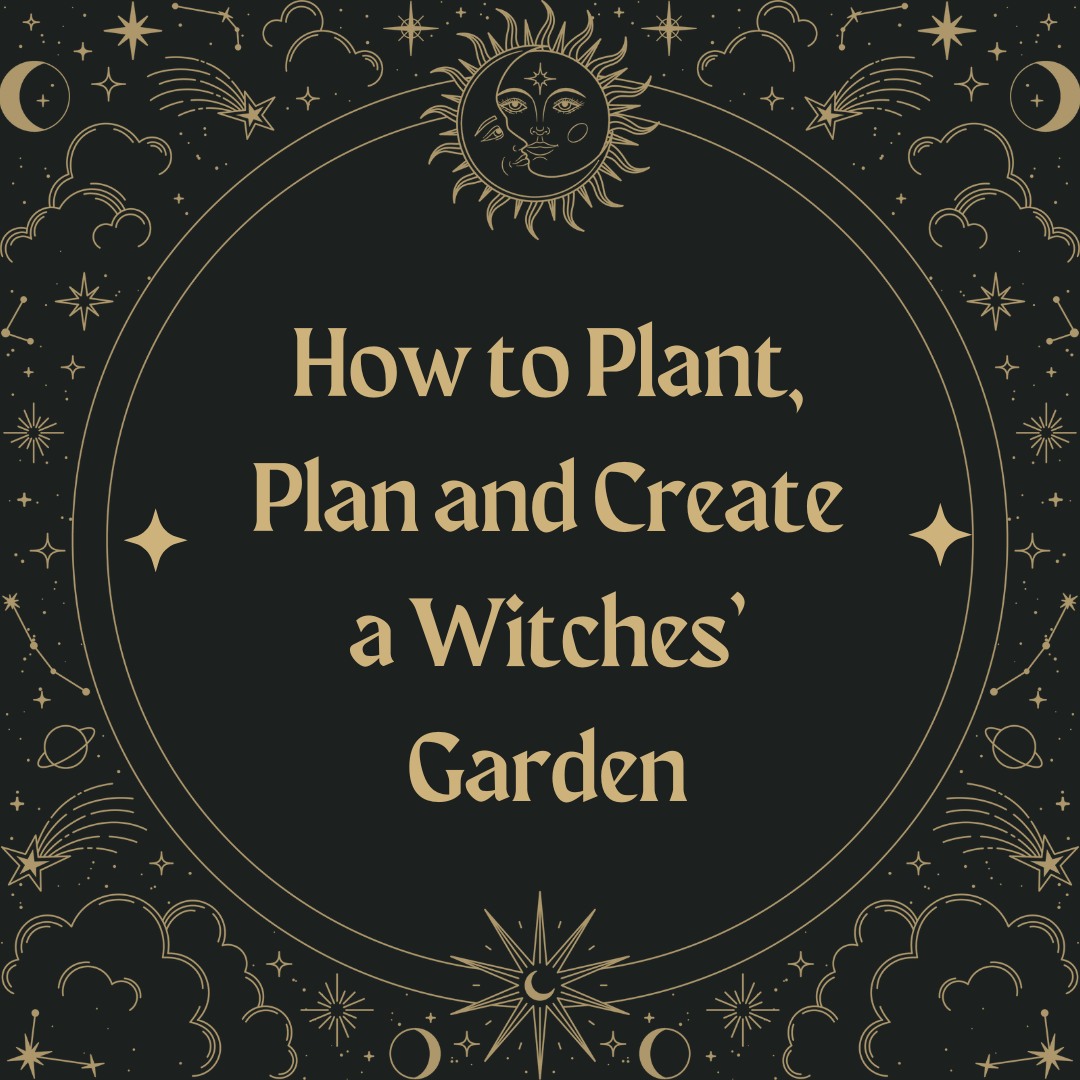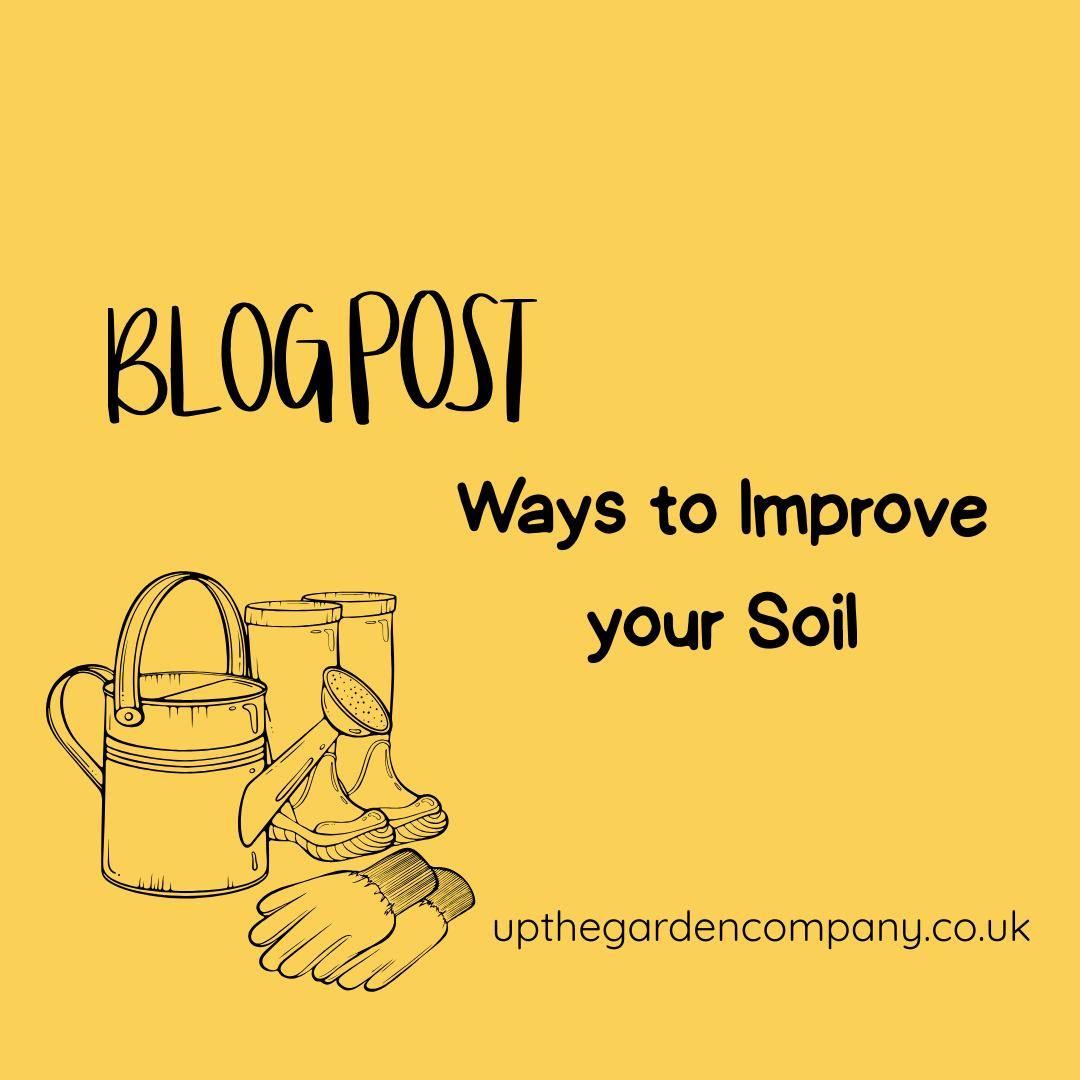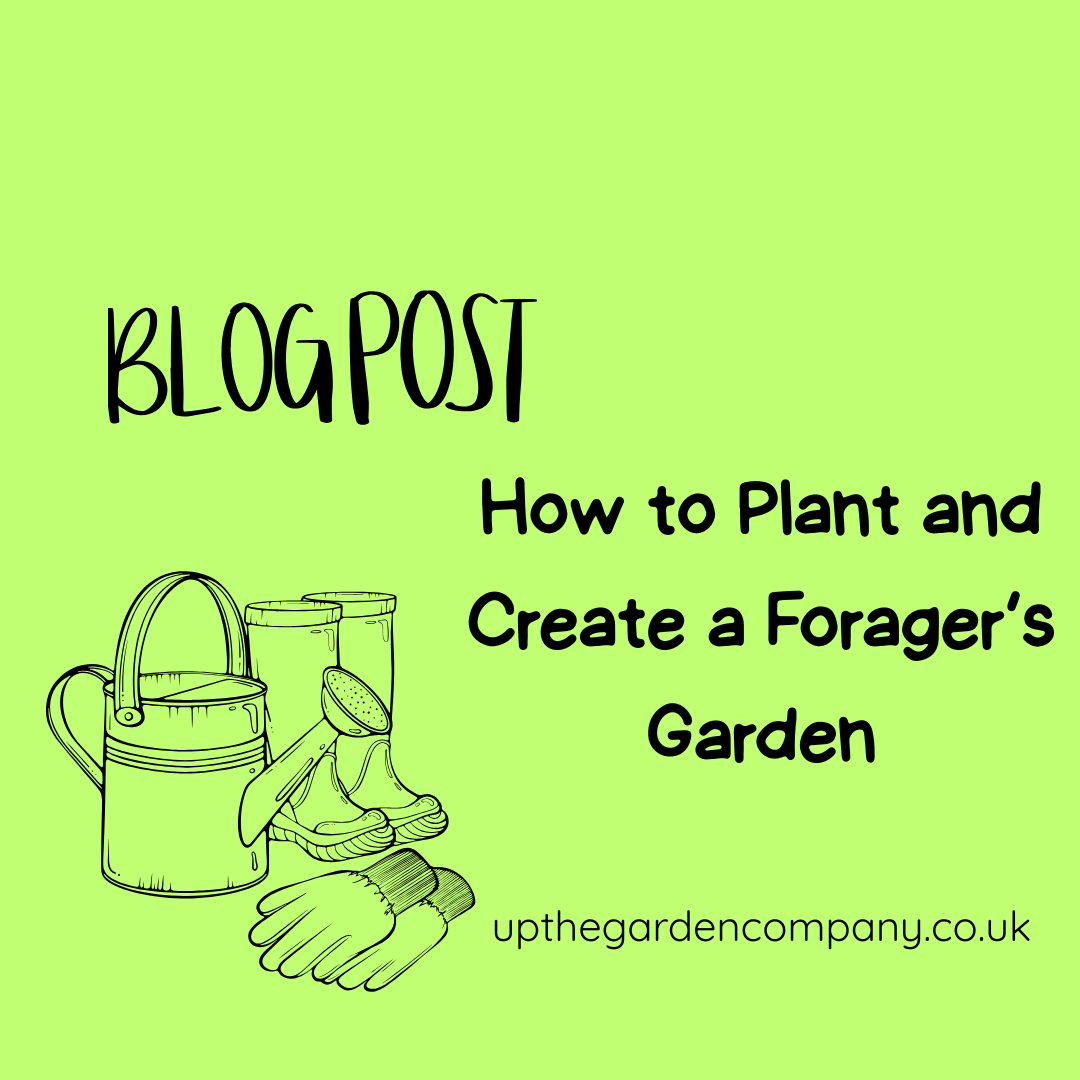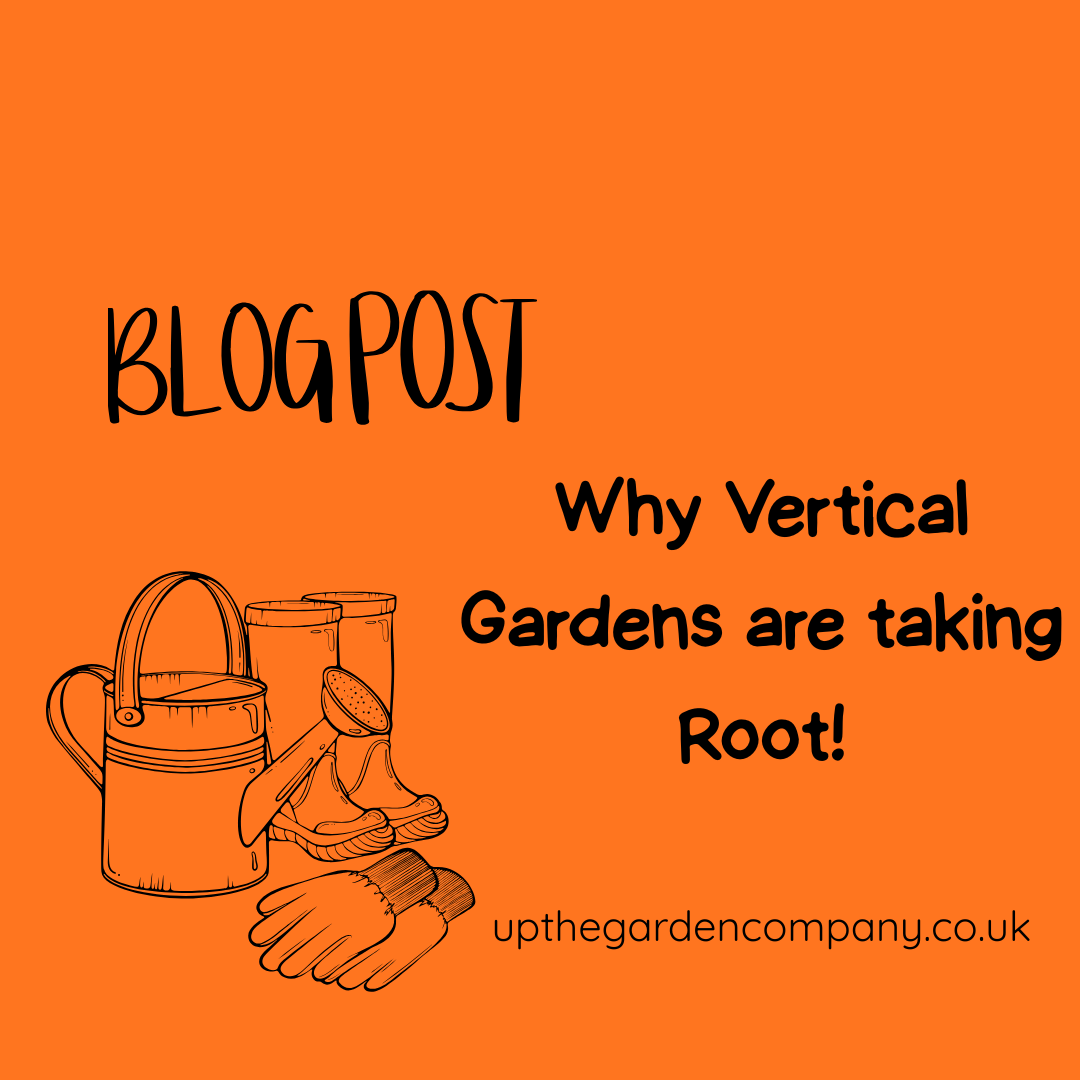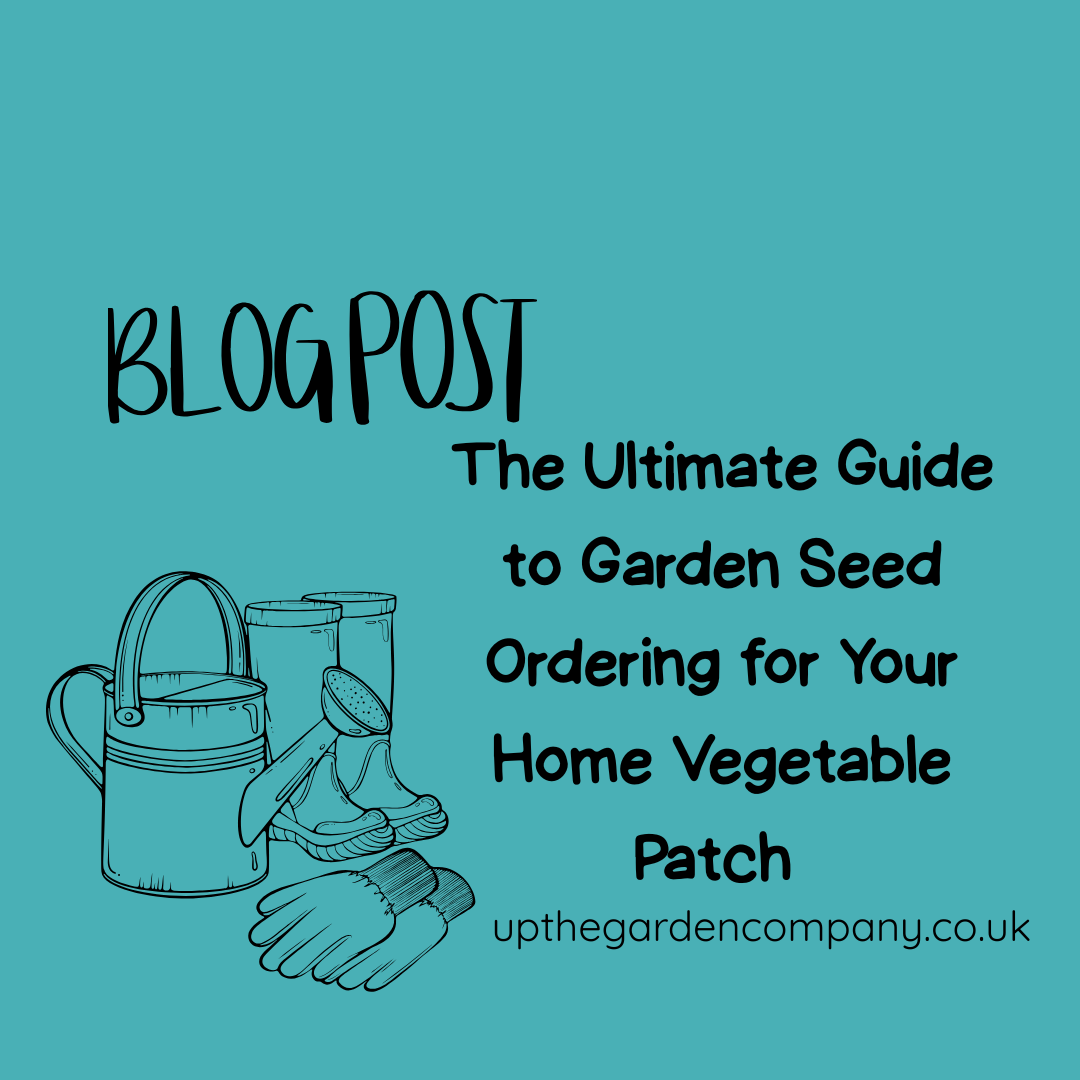For centuries, witches’ gardens have been celebrated as sacred spaces brimming with intention, beauty and mystery. Whether you’re a green thumb looking to add a magical twist to your backyard or a member of the Wiccan community wanting to deepen your connection with nature, a witches’ garden is an enchanting project to undertake.

What Is a Witches’ Garden?
A witches’ garden is more than just a collection of plants; it’s a soulful sanctuary where nature and intention come together. These gardens are thoughtfully curated to include herbs, flowers and other botanicals traditionally associated with magic, healing and spiritual practices.
Historically, witches’ gardens were used to grow plants for spells, remedies, and rituals. They were places of solitude and connection, often designed to reflect the cycles of the moon and the Earth’s energies. Today, they serve as a harmonious blend of personal expression, practical gardening and spiritual exploration.
What Are the Benefits of a Witches’ Garden?
Creating a witches’ garden has a range of benefits for the mind, body, and soul. Here are just a few reasons to consider starting one yourself:
1. A Deep Connection to Nature
Tending to a witches’ garden allows you to foster a closer relationship with the natural world. Observing the growth, cycles and energy of plants can feel grounding and rejuvenating.
2. Therapeutic and Mindful Practice
Gardening itself is a well-known stress reliever. Adding intention and magical elements transforms it into a mindful ritual that brings both peace and purpose.
3. Freshly Harvested Herbs and Remedies
Harvest your own ingredients for herbal remedies, teas, cooking, or spellwork. There’s something magical about knowing the origins of what you’re using.
4. Visual Appeal and Personalised Sacred Space
A witches’ garden is a place of beauty. With a combination of botanical diversity, earthy materials and intentional design, it becomes a reflection of your personality and practice.
How to Create a Witches’ Garden
Designing a witches’ garden doesn’t require a sprawling backyard or advanced gardening skills. Whether you’ve got a sizeable patch or a few pots on a balcony, the magic lies in your intention and creativity.
Step 1. Identify Your Space
Decide where your garden will live. It could be a sunny corner of your yard, a row of planter boxes or even a windowsill if you live in a flat. Ensure the space gets appropriate light for your chosen plants.
Step 2. Plan Your Layout
Sketch out a rough idea of how you’d like your garden to look. Consider incorporating features like herb spirals, moon-shaped flower beds or even dedicated meditation spots. Keep in mind how much space each plant will need to thrive.
Step 3. Gather Your Materials
Stock up on pots, soil, gardening tools and other materials. If you’re staying eco-friendly, consider harvesting rainwater or creating a composting system for natural fertiliser.
Step 4. Set Your Intentions
Perhaps the most important step of all-envision what you want your garden to symbolise. Is it a space for healing? A sanctuary for meditation? Or perhaps a practical corner for growing ingredients? This intention will guide your choices.
Step 5. Plant with Care
Garden mindfully, taking time to connect with each plant as you place it in the soil. Speak kindly to your garden, encourage its growth and imbue the space with positive energy.
What Should You Plant (and Why)?
The choices for a witches’ garden are endless, but here are some staples to inspire your planting plans. Each plant has unique spiritual and practical properties that can enhance your garden’s magic.
1. Lavender (Calm, Purification)
Known for its calming properties, lavender offers a sense of peace and clarity. Use it in teas or sachets to promote restful sleep and relaxation.
2. Rosemary (Protection, Memory)
A hardy herb that’s rich in history, rosemary is perfect for protection rituals, focus and clearing negativity. Bonus—you can also use it in cooking!
3. Mugwort (Dreamwork, Intuition)
Mugwort is known as a dream herb and is often used in practices to enhance intuition and psychic abilities.
4. Thyme (Courage, Cleansing)
This herb’s vibrant scent is uplifting and it’s used in magical workings to inspire courage or clear stagnant energy.
5. Sunflowers (Joy, Abundance)
Plant sunflowers for their bright energy and association with prosperity and optimism. Their towering presence can also create a natural privacy screen in your space.
6. Mint (Healing, Energy)
Mint grows quickly and is perfect for bringing a spark of fresh energy into your kitchen, rituals, or remedies.
7. Dandelion (Wish-Making, Resilience)
Often overlooked as a ‘weed,’ dandelion is a powerful plant symbolising resilience. It’s also edible from root to flower!
8. Sage (Cleansing, Wisdom)
Use sage for purifying spaces, dispelling negativity, and enhancing spiritual clarity.
9. Yarrow (Healing, Protection)
Yarrow is a medicinal herb used in wound care and is known for symbolising protection and courage.
10. Belladonna (Mystery, Potency)
For the more adventurous (and experienced) gardener, belladonna is an iconic addition. However, it is highly toxic and should only be handled with caution and awareness.
Cultivate Your Sanctuary
A witches’ garden is more than a collection of plants; it’s a sanctuary for intention, balance, and renewal. Whether you’re growing lavender for calm or rosemary for protection, each plant adds a distinct layer of magic to your space.
If you’re feeling inspired, start planning your garden today. With each seed you sow and leaf you tend, you’ll be creating a space that not only grows physically but also spiritually.
Happy planting, and blessed be. 🌿✨
Further reading: How to Plan and Create a Forager’s Garden
Take a Look at www.sowitgrowitandfeast.co.uk
